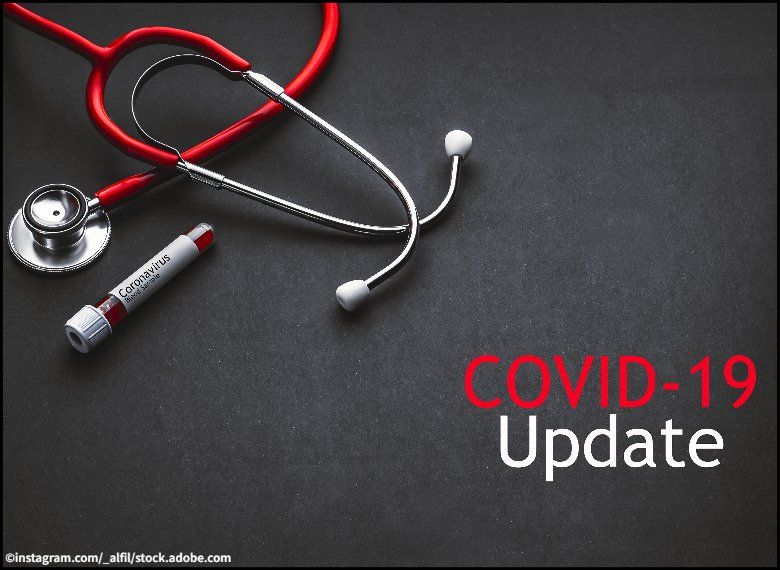Article
What Changes Are Shaping Opioid Treatment Programs During the COVID-19 Pandemic?
Author(s):
As the COVID-19 pandemic continues to affect the country, SAMHSA and the DEA allow for flexibility in addressing the needs of patients with opioid use disorder.

With the coronavirus (COVID-19) pandemic reaching exponential gains, it would be irresponsible to not align with the recommendations of limiting in-person interactions and practicing social distancing as much as feasible. However, this could prove to be challenging for patients with opioid use disorder (OUD), especially for those on agonist maintenance. Prescriptions for such are limited in duration and, depending on the setting, may not be issued at all but rather administered daily at a facility.
Fortunately, telemedicine and the reduction of medicolegal barriers surrounding controlled substance prescriptions have helped Office Based Opioid Treatment programs (OBOTs). A challenged remained for those patients who receive maintenance care (mostly methadone) from Opioid Treatment Programs (OTPs) in which they are required to present daily for administration. These patients would have increased exposure via public transportation, waiting rooms at the facility, and interactions with staff, nurses, and physicians. To complicate matters, patients may be part of the high risk group for COVID complications, ie, elderly, patients with medical comorbidities, immunocompromised patients, and pregnant women.
SAMHSA recently released guidance on how to best assist OTPs during this difficult time.1 In a statement released on March 19, 2020, SAMHSA announced that states may request blanket exceptions for maintenance patients to receive upwards of 14 to 28 daily take-home doses, depending on each patient’s stability in treatment. For those who are clinically stable, a 28-day supply may be dispensed, and for those with less stability and a perceived ability to handle a small supply, a 14-day supply may be provided. The change applies only while the country’s public health emergency, which was declared on January 31 by the Secretary of Health and Human Services, is in effect.
Although this removes a big part of the accountability component for which most individuals are referred to OTPs, it serves our national goal of limiting interactions. Physicians operating such OTPs will be tasked with the clinical judgment of identifying patients who may be candidates based on a risk versus benefit analysis.
Under 42 CFR 8.11(h), SAMHSA also granted OTPs authority to initiate new patients on buprenorphine via telemedicine modalities and without requiring an in-person exam. If considering methadone treatment, , an in-person medical evaluation remains required.2
The Drug Enforcemet Agency also released a letter easing the restrictions on delivery and administration of medication from an OTP for patients with COVID and/or in quarantine.3 The DEA provided an exception to 21 CFR 1301.74(i) to allow door step delivery of take home medications by treatment program staff members, law enforcement officers, or National Guard personnel. Medications can now be delivered to an approved lockbox at the patient’s home to help facilitate access while allowing for appropriate quarantining and protection.
These changes e represent an emergent response by regulatory bodies to assist us clinicians in continuing to care for our patients with OUD who depend on OTPs. Physicians should stay up-to-date with evolving regulations and make use of them in appropriate candidates so we can flatten the curve.
Disclosures:
Dr Stanciu is Assistant Professor of Psychiatry at Dartmouth’s Geisel School of Medicine and Director of Addiction Services at New Hampshire Hospital, Concord, NH. He is Addiction Section Editor for Psychiatric Times. The author reports no conflicts of interest concerning the subject matter of this article.
References:
1. SAMHSA. Opioid Treatment Program (OTP) Guidance.
www.samhsa.gov/sites/default/files/otp-guidance-20200316.pdf. March 19, 2020.
2. Black A, Liu D, Mitchell L. How to flatten the curve of coronavirus, a mathematician explains. The Conversation. http://theconversation.com/how-to-flatten-the-curve-of-coronavirus-a-mathematician-explains-133514. March 16, 2020.
3. McDermott WT. SAMHSA Letter. https://www.deadiversion.usdoj.gov/GDP/(DEA-DC-015)%20SAMHSA%20Exemption%20NTP%20Deliveries%20(CoronaVirus).pdf. March 16, 2020.






